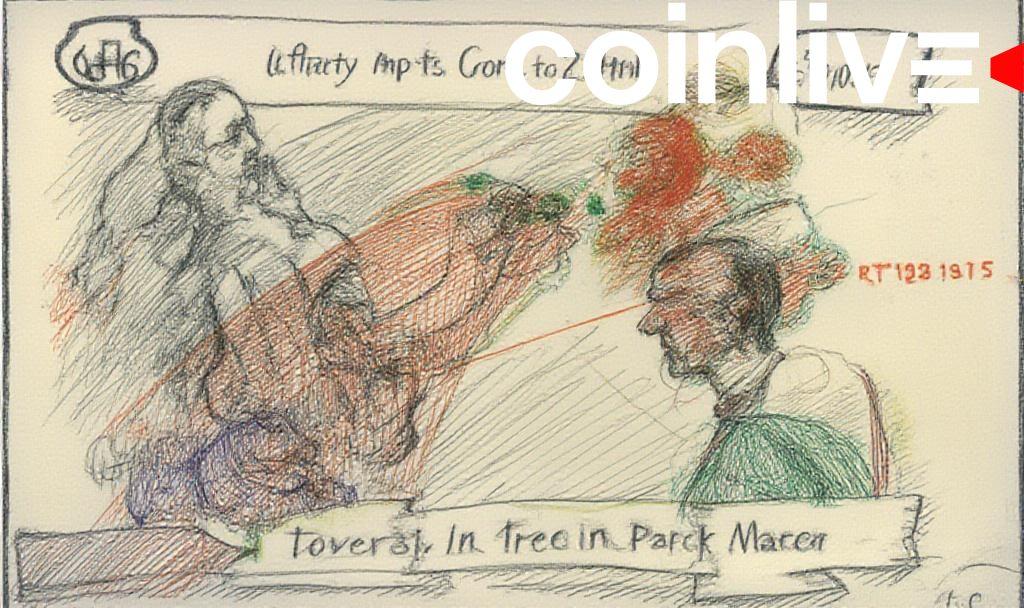- Main event, leadership changes, market impact, financial shifts, or expert insights.
- Lowest inflation rate since 2021.
- Potential influence on future Fed policy decisions.

U.S. core Personal Consumption Expenditures (PCE) inflation rate for April 2025 reached 2.5%, its lowest since 2021, according to the Bureau of Economic Analysis.
Lowest since 2021, April’s core PCE inflation rate affects both market sentiment and Federal Reserve policies.
April’s core PCE marks a significant shift, reflecting easing inflation trends. The Federal Reserve, led by Jerome Powell, uses this metric for adjusting policy perspective. The Bureau of Economic Analysis reported on these moderate inflationary pressures in April 2025.
The Federal Reserve Board of Governors, including the FOMC, closely monitors this trend. With inflation cooling to 2.5%, the Fed’s posture may remain cautious, possibly adjusted for future decisions on interest rates or monetary easing.
“Personal consumption expenditures (PCE) price index for April 2025: +2.1% YoY (headline), core PCE +2.5% YoY, marking the slowest pace since 2021” – Bureau of Economic Analysis Source
This shift may impact currencies and markets. With easing inflation, investor sentiment may pivot, possibly aiding crypto assets like BTC and ETH. The BEA’s report underscores these changes, hinting at broader economic implications.
Such inflation data typically encourages speculative activities and market confidence in equities and cryptocurrencies. Historical trends suggest that drops to similar levels usually precede market corrections. This is due to anticipated Fed rate policy shifts.
News of April’s core PCE rate could encourage speculation on monetary policy adjustments. Analysts point to historical data highlighting potential for asset rallies in crypto and equities. Markets await further Fed guidance and future economic data releases.








